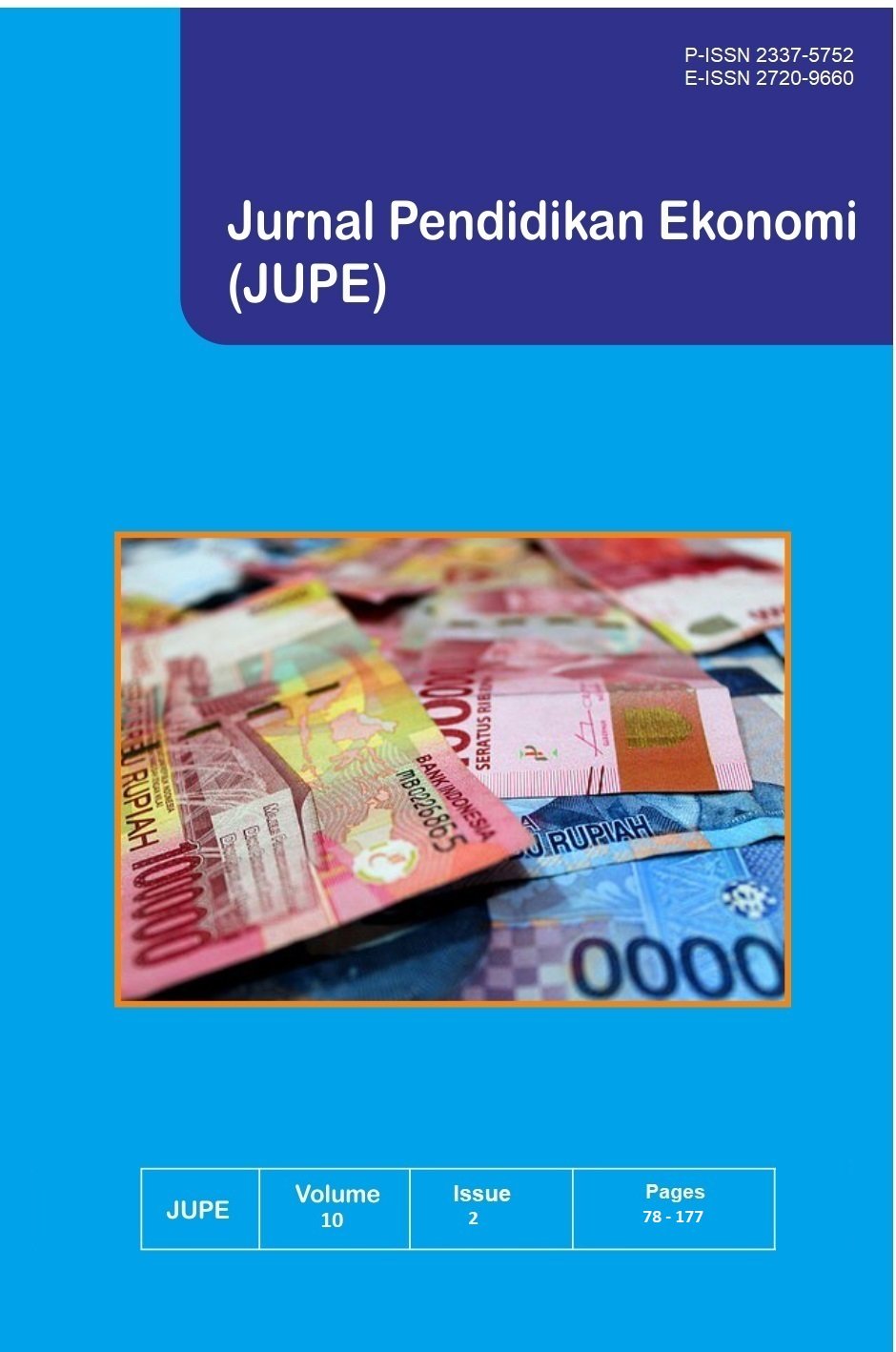Prospects of E-Commerce Innovation in Increasing Students Consumer Trust
DOI:
https://doi.org/10.26740/jupe.v10n2.p121-129Keywords:
Student, Consumer Trust, E-CommerceAbstract
Various innovations have been made to solve problems in increasing consumer confidence to shop safely on e-commerce portals. This study aims to determine the level of consumer confidence in the e-commerce innovation model, as well as to explore the academic point of view. The study used a descriptive approach. The number of respondents in this study was 61 respondents for Students consumers, and 3 explanations from the perspective of academics. The results of the study show various problems that are often experienced by consumers and make consumer confidence relatively low, including; the first is the issue of personal information security, and the second is the issue of conformity with consumer expectations. Consumers believe that buying and selling online increases their shopping effectiveness. In addition, consumers perceive that the presence of an e-commerce portal provides great benefits for the ease of finding goods and services that consumers need. The tendency of consumers to shop online in the future will continue to increase, but consumers have not fully demonstrated the belief that mainstream online buying and selling in the future is more desirable than shopping in shopping centers
Downloads
Downloads
Published
How to Cite
Issue
Section
License
Copyright
- Authors retain copyright and grant the journal right of first publication with the work simultaneously licensed under a Creative Commons Attribution License that allows others to share the work with an acknowledgment of the work's authorship and initial publication in this journal.
 Abstract views: 409
,
Abstract views: 409
, PDF Downloads: 265
PDF Downloads: 265











